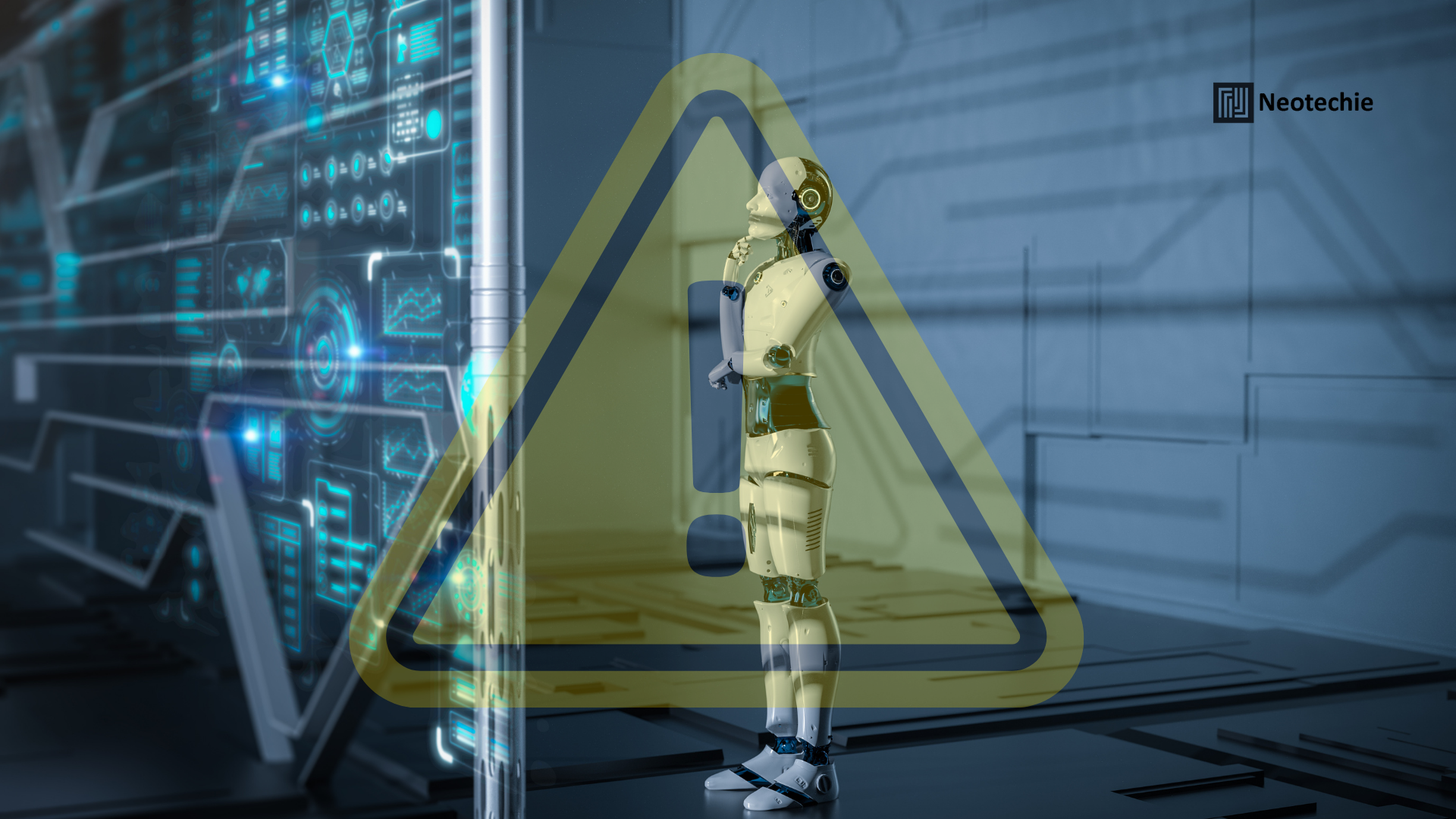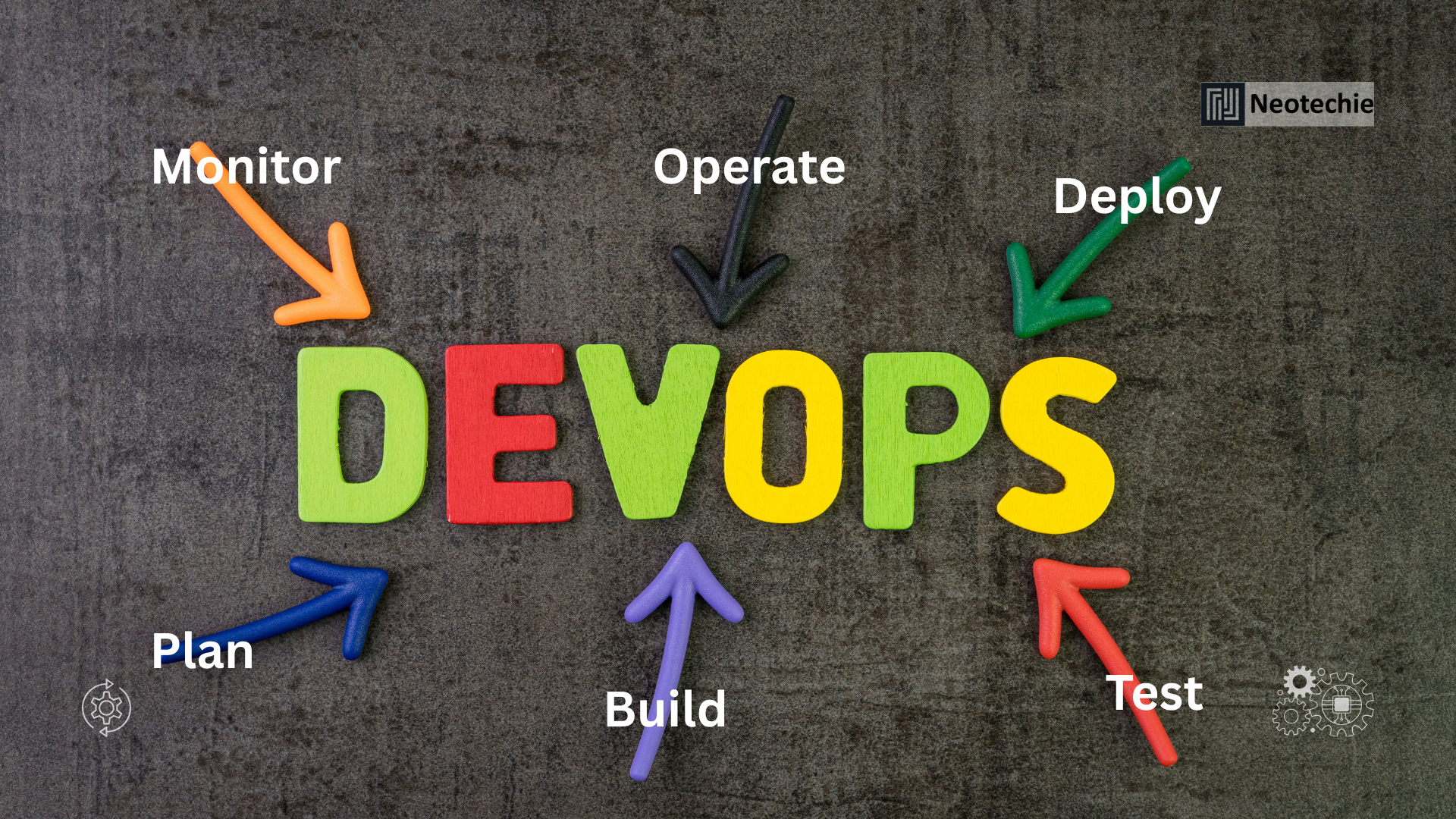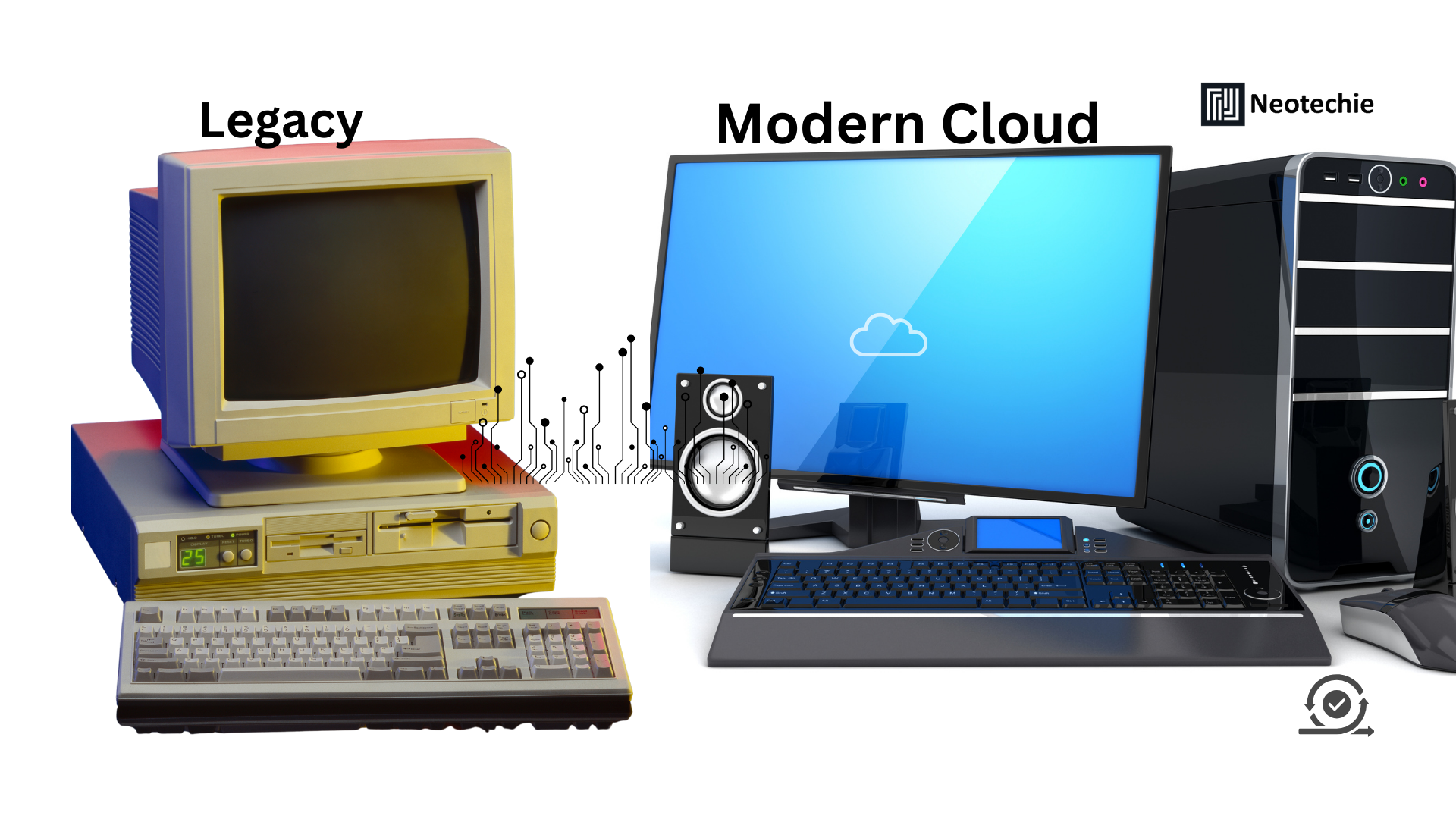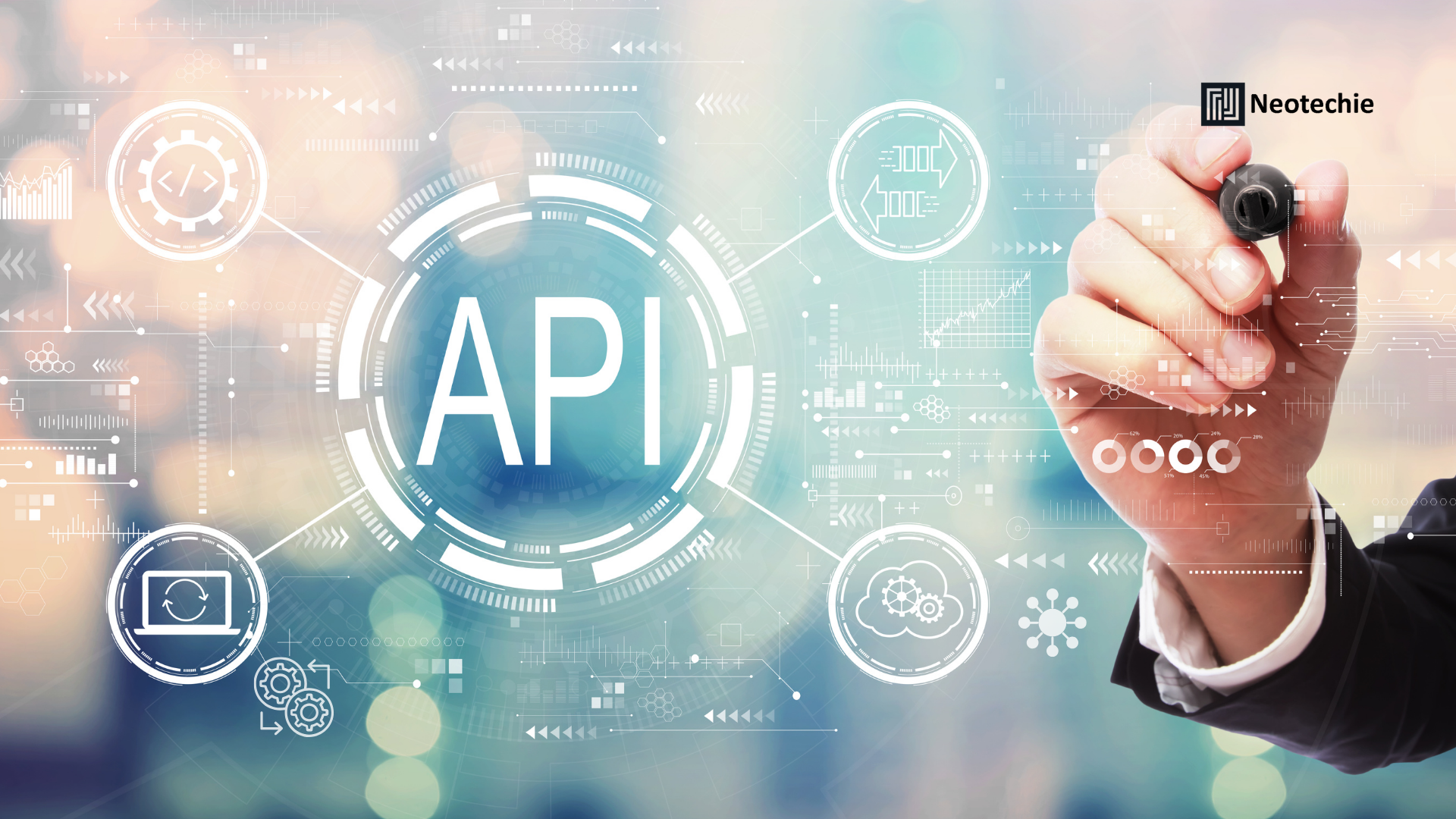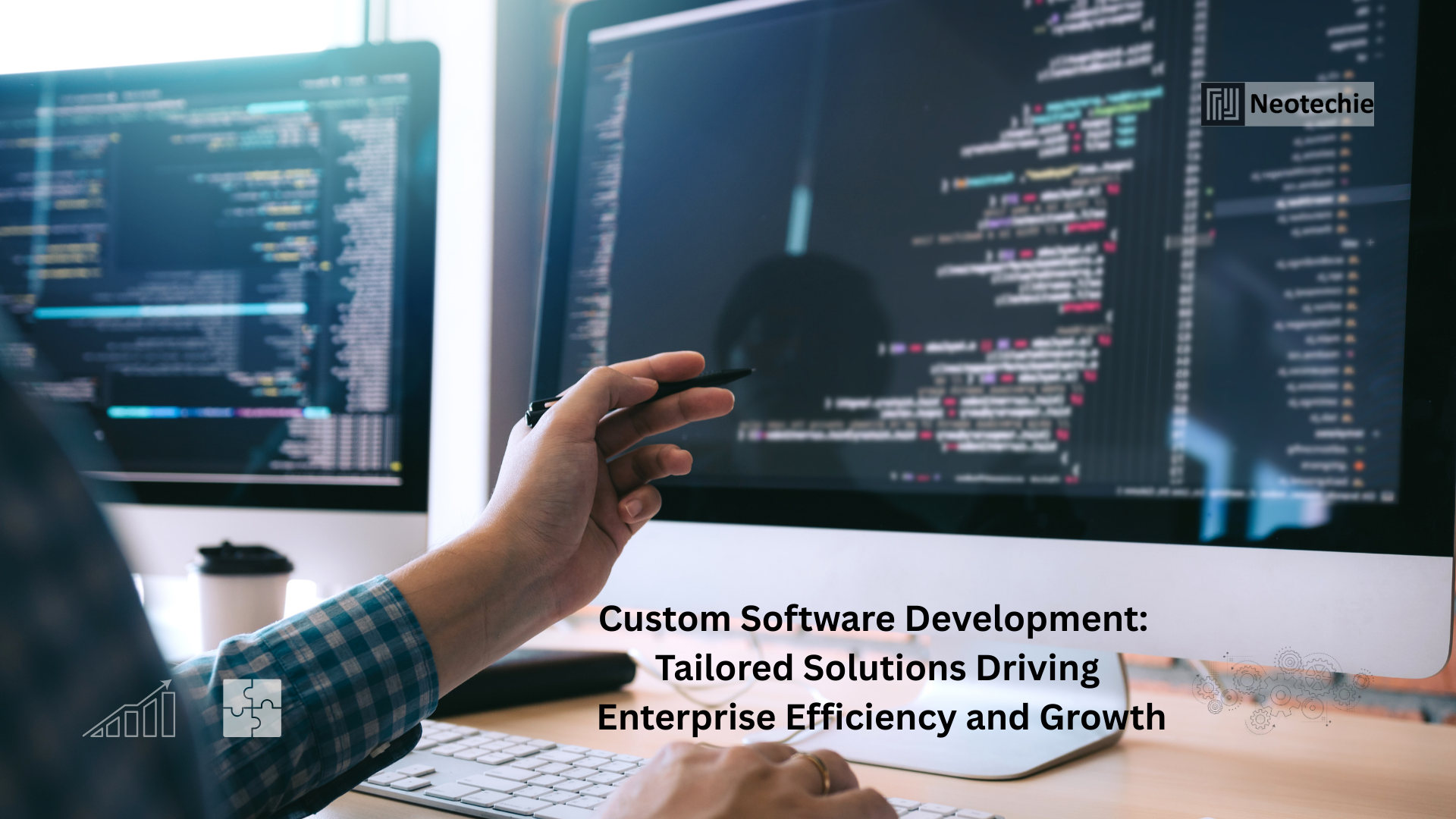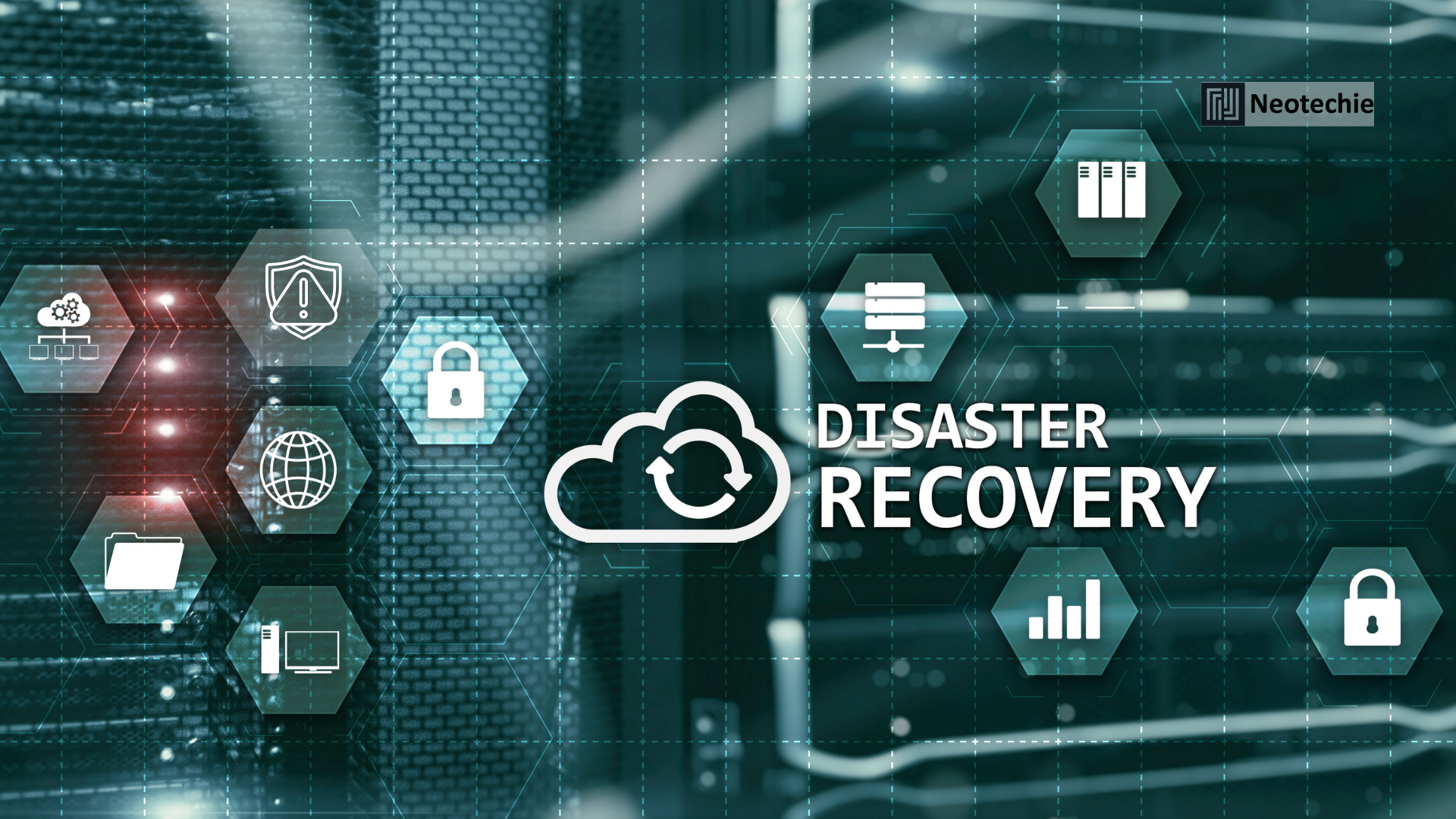Procurement’s Blind Spot
Enterprises have invested heavily in automating procurement processes like invoice processing and purchase orders. Yet, one critical area often remains neglected — vendor and contract management. This “last mile” of procurement involves onboarding vendors, validating contracts, monitoring SLAs, and ensuring compliance. When handled manually, it becomes a bottleneck, riddled with inefficiencies, delays, and compliance risks.
This is where Robotic Process Automation (RPA) comes in. By automating vendor and contract management, businesses can unlock hidden savings, improve compliance, and gain strategic control over their supplier ecosystem.
What RPA Brings to Vendor & Contract Management
- Vendor Onboarding
Manual vendor onboarding is often a drawn-out process requiring repetitive data entry, document collection, and compliance checks. RPA streamlines this by automatically registering vendors, extracting information from digital forms, and validating it against internal policies and external compliance databases such as AML (Anti-Money Laundering) and KYC (Know Your Customer) lists. This not only accelerates onboarding but also ensures only reliable, compliant vendors are added to the ecosystem — reducing risks of fraud and regulatory violations. For global enterprises managing hundreds of suppliers, automated onboarding becomes a game-changer. - Contract Validation
Contracts are often lengthy and complex, making manual validation time-consuming and error-prone. RPA bots can scan through contracts, compare terms against company policies, highlight missing clauses, and flag deviations that might create financial or legal exposure. For example, a bot can detect discrepancies in payment terms or non-standard penalty clauses within seconds. By embedding contract automation, businesses ensure legal consistency, prevent unfavorable agreements, and drastically reduce the turnaround time for contract approvals. - SLA (Service Level Agreement) Monitoring
Ensuring that vendors meet performance commitments is critical but often neglected due to resource constraints. RPA bots continuously track SLA metrics such as delivery timelines, quality standards, and service responsiveness by pulling data from multiple systems in real-time. Whenever a deviation occurs — like delayed shipments or underperformance — bots trigger alerts or automatically initiate escalation workflows. This proactive SLA monitoring ensures accountability, prevents revenue leakage, and strengthens overall vendor performance management. - Compliance Reporting
Generating accurate and audit-ready compliance reports requires significant manual effort, often consuming hours of analyst time. With RPA, bots automatically consolidate vendor activity, track contract renewals, log payment histories, and validate compliance adherence. Reports that once took weeks to prepare can now be produced in minutes, ensuring audit readiness at all times. Moreover, automated reporting improves transparency and provides leadership with actionable insights to make informed supplier decisions.
Why This Matters for Businesses
- Reduced Risk Exposure: Automating vendor validation lowers the chance of partnering with fraudulent or non-compliant suppliers, safeguarding brand reputation and avoiding legal penalties.
- Improved Efficiency: By replacing manual processes with bots, procurement teams can handle vendor relationships with greater speed and consistency, freeing employees to focus on strategic sourcing.
- Cost Optimization: Real-time SLA tracking and contract validation help organizations avoid penalties, reduce disputes, and ensure value leakage is minimized.
- Stronger Vendor Relationships: Vendors appreciate quick onboarding, clear expectations, and transparent performance monitoring, which enhances collaboration and long-term trust.
- Scalable Procurement Operations: As enterprises grow, RPA provides the flexibility to manage thousands of vendors without requiring proportional headcount increases.
The Transformation Potential
When integrated strategically, RPA in vendor and contract management creates ripple effects across procurement and beyond:
- Procurement Becomes Proactive: Instead of firefighting SLA breaches or compliance lapses, businesses can predict issues and resolve them before they escalate.
- Finance Gains Control: Automated contract validation aligns financial commitments with corporate strategy, minimizing disputes and surprise expenses.
- Legal Teams Save Time: Bots highlight risky clauses, helping legal teams focus only on high-risk contracts rather than combing through every detail.
- Business Transformation Catalyst: By digitizing the last mile of procurement, RPA frees teams to focus on innovation, supplier collaboration, and long-term cost optimization.
How Neotechie Can Help
At Neotechie, we help organizations unlock the overlooked value in procurement through intelligent automation:
- Automating vendor onboarding workflows for speed, compliance, and fraud prevention.
- Designing bots for advanced contract validation, SLA monitoring, and compliance reporting.
- Integrating RPA into procurement ecosystems to maximize efficiency and resilience.
- Delivering vendor management frameworks that grow seamlessly with business expansion.
✰ The last mile of procurement doesn’t have to be the weakest link. With Neotechie’s RPA expertise, businesses can transform vendor and contract management from a liability into a strategic differentiator. ✰


